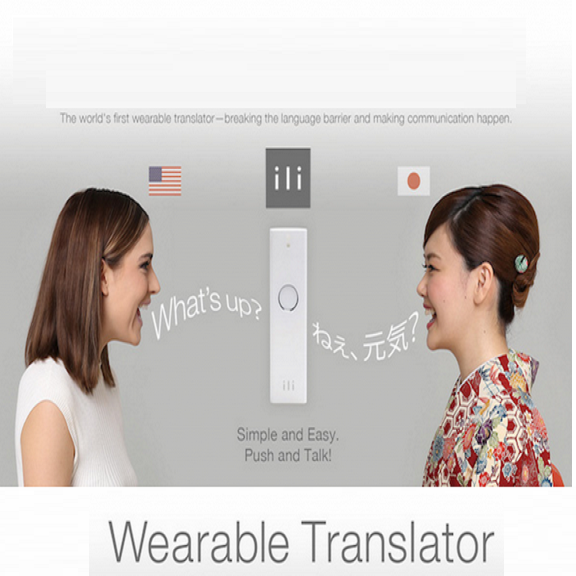Having recognized gender bias as a major issue affecting current translation technologies, researchers have primarily attempted to mitigate it by working on the data front. However, whether algorithmic aspects concur to exacerbate unwanted outputs remains so far under-investigated. In this work, we bring the analysis on gender bias in automatic translation onto a seemingly neutral yet critical component: word segmentation. Can segmenting methods influence the ability to translate gender? Do certain segmentation approaches penalize the representation of feminine linguistic markings? We address these questions by comparing 5 existing segmentation strategies on the target side of speech translation systems. Our results on two language pairs (English-Italian/French) show that state-of-the-art sub-word splitting (BPE) comes at the cost of higher gender bias. In light of this finding, we propose a combined approach that preserves BPE overall translation quality, while leveraging the higher ability of character-based segmentation to properly translate gender.
翻译:由于认识到性别偏见是影响当前翻译技术的一个主要问题,研究人员主要试图通过在数据前沿开展工作来减轻这种偏见,然而,算法方面同意加剧不想要的产出,但迄今是否调查不足。在这项工作中,我们将自动翻译中的性别偏见分析纳入一个看似中立但关键的组成部分:字分割。分割方法能否影响翻译性别的能力?某些分化方法是否惩罚了女性语言标识的代表性?我们通过比较语言翻译系统目标一侧现有的5种分化战略来解决这些问题。我们对两种语言(英语-意大利语/法语)的结果表明,最先进的分化小词(英语-意大利语/法语)的代价是性别偏见的加剧。根据这一发现,我们提出一个综合方法,既能保持BPE的总体翻译质量,又能利用更高程度的分化能力来正确翻译性别。



